Some animals appear in the unlikeliest of places. Sometimes it's because humans have relocated the animals there, like the pigs of Big Major Cay. But sometimes it's animals adapting to their environment, such as the cave of the hanging snakes. Read on to learn more about animals that live in weird places.

The Tree Goats of Morocco
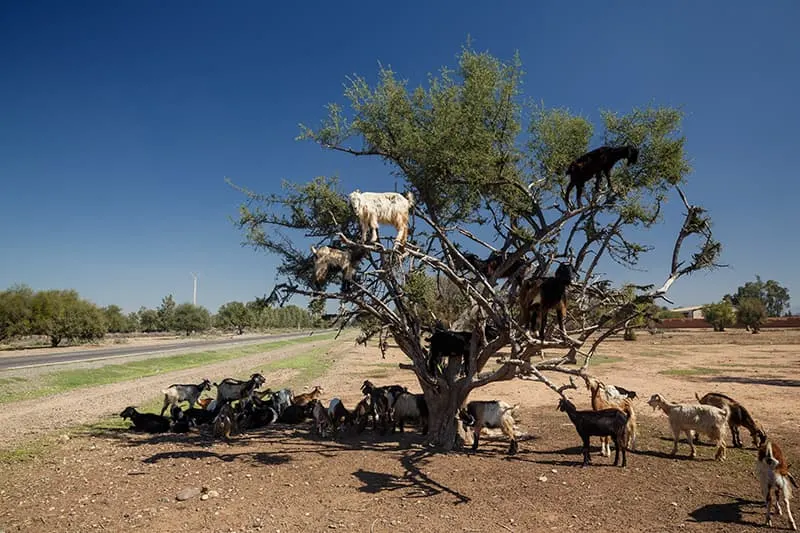
The Argania tree is a rare and protected species of tree that grows almost exclusively in the Sous Valley of southwestern Morocco. The Argania produces a delicious fruit that attracts the local goats who hop up on the branches to indulge. Not just one or two odd goats, but throngs of goats can be found feasting in the branches.
Farmers will keep the goats away from the trees while the fruit matures and then encourage the goats to scale the trees and enjoy the fruit. After the goats eat the fruit and nuts from the tree, their poop will contain clumps of seeds that are harvested and pressed to create the popular Argan oil. Thanks to this relationship, the Argania, which was once in danger due to over-farming and clear-cutting, is now thriving.
Cave of the Hanging Snakes
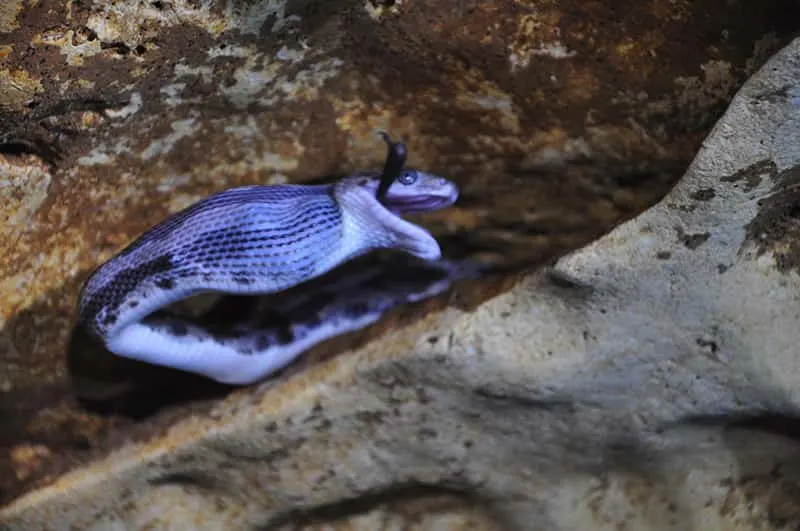
Near the village of Kantemo, Mexico is a cave known by the locals as the “Bat Cave.” The Bat Cave is home to, you guessed it, a lot of bats. What makes this cave unusual, is that it is also the home of yellow-red rat snakes. The yellow-red rat snake is a small forest snake that usually feeds on rodents, lizards, and other small animals. But in the Bat Cave, the snakes live in of the ceiling and high up on the cave walls. When the bats enter or leave the cave, the snakes dangle from cracks and crevices to snatch the bats out of the air.
Pig Beach
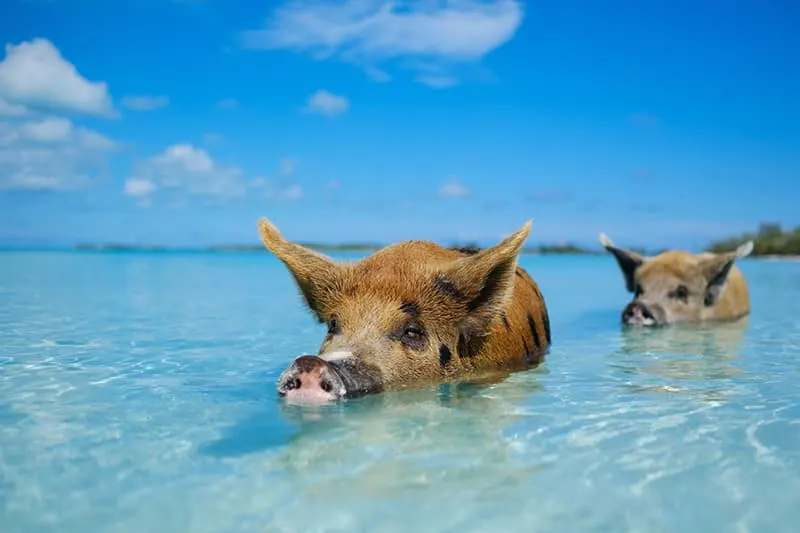
Big Major Cay is a small, uninhabited island in the Bahamas. Big Major Cay is home to a population of feral pigs. No one knows how the pigs got to the island, theories include a shipwreck or that the pigs were left by sailors who never returned. The pigs have the run of the island. They usually spend the sunny hours of the day relaxing in the shade. When it cools down, they venture onto the beach and into water. It’s not unusual to find tourists visiting the island, feeding the pigs and enjoying a swim with them.
Wallabies of Inchonnachan
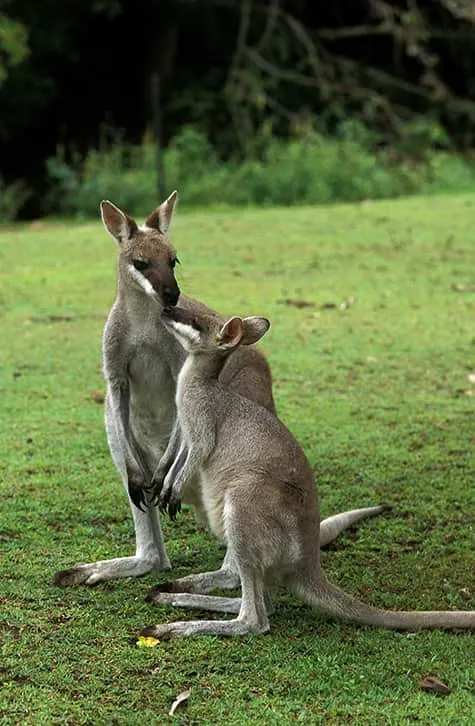
Inchconnachan is a small island in Scotland’s Loch Lomond. In the 1940s, Fiona Bryde Colquhoun, later known as Lady Arran, was an eccentric character who loved exotic animals. She kept unusual pets such as wallabies, llamas and pigs. After World War II, she moved her wallabies to her island home on Inchconnachan. They’ve roamed the island freely ever since.
Pelicans of St. James Park
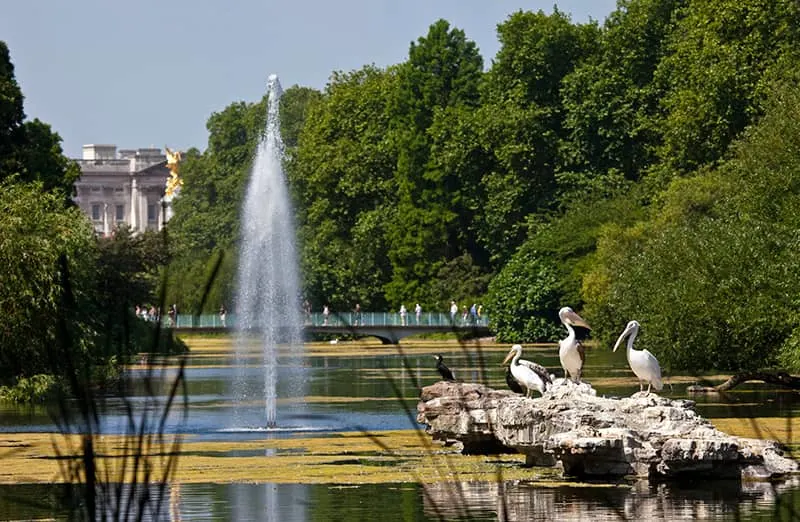
St. James Park near Buckingham Palace in Central London is famous for its pelican population. These pelicans live thousands of miles from their normal habitat. The first pelicans were introduced in 1644, when the Russian Ambassador gifted pelicans to the city. In 2013, the descendants of the Russian flock were joined by more pelicans, gifted by the city of Prague.
The pelicans are quite comfortable around people and very social. They enjoy basking in the sun on rocks in the afternoon and sitting on park benches. They are fed by the park rangers but are known to sneak into the London Zoo to steal fish.
The Parrots of Telegraph Hill
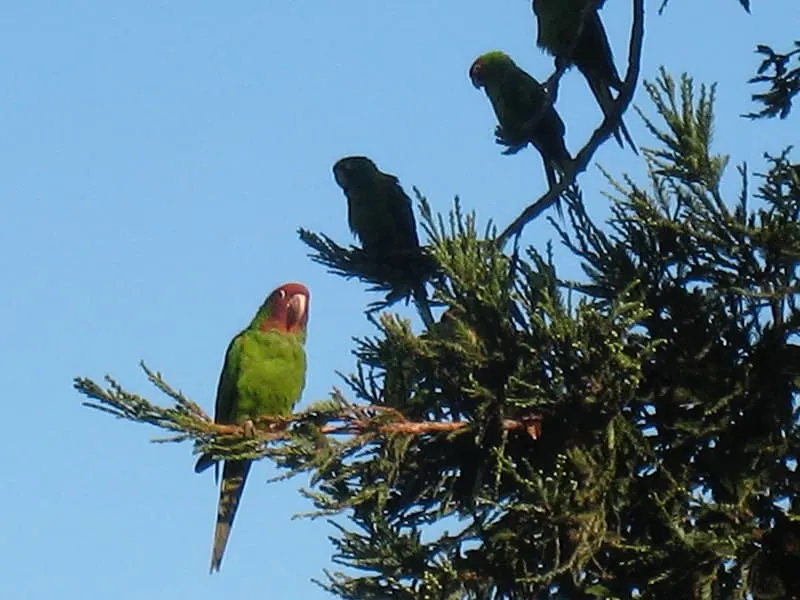
While usually found in the tropics, Telegraph Hill in San Francisco is home to an unusual population of wild parrots. In 1990, a pair of cherry-headed conures – a small parrot species – escaped their enclosure and made their home on Telegraph Hill. Over time, other conures found their way to Telegraph Hill, whether by escape or release is unknown. By 2005, the flock numbered over 200 wild parrots.
The Bear Moat at Český Krumlov Castle
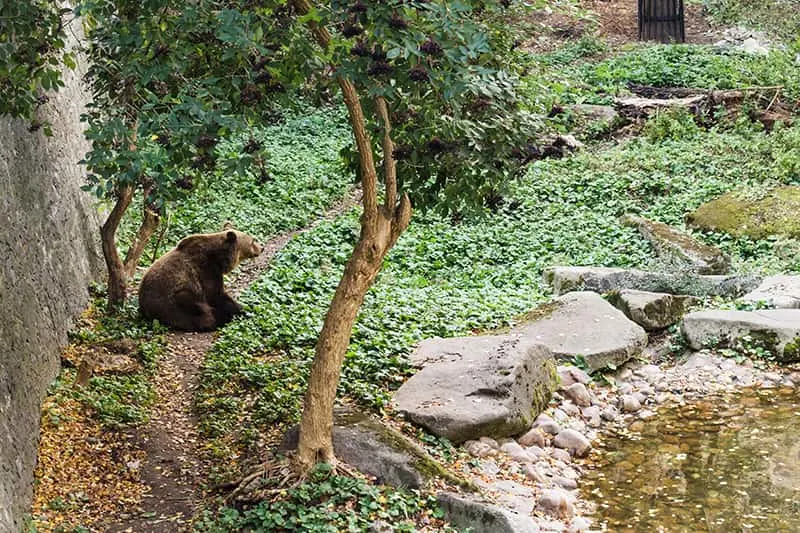
The Český Krumlov castle in the Czech Republic is home to a family of bears who live in the castle’s moat. Bears once lived in the Sumava Mountains south of the castle. Introduced to the castle in the late 16th century, the bears took up residence in the moat around 1707. Bears have been living in the moat ever since. There are four bears who live there: Vok and Kateřina, their cub Hubert, and Hubert’s mate, Marie Terezie. The moat was recently renovated to provide trees, a lagoon, and toys.
The Hippos of Hacienda Napoles
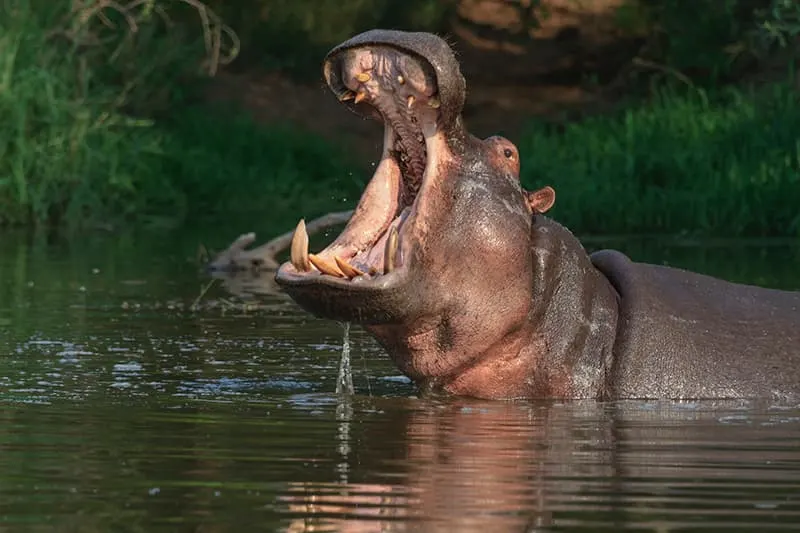
Hacienda Napoles in Colombia was once the home of the drug lord, Pablo Escobar. Hacienda Napoles was a large estate with lakes and a zoo filled with four hippos and exotic birds. After his death in 1993, the estate fell into disrepair for a time but was eventually turned into a theme park. The hippos eventually escaped and have thrived living in the wild. There are now about 40 hippos in the group led by an alpha male named Pablo. One hippo, Pepe, was found in 2009 60 miles (100 km) away from the estate.
The Goats of Cingino Dam
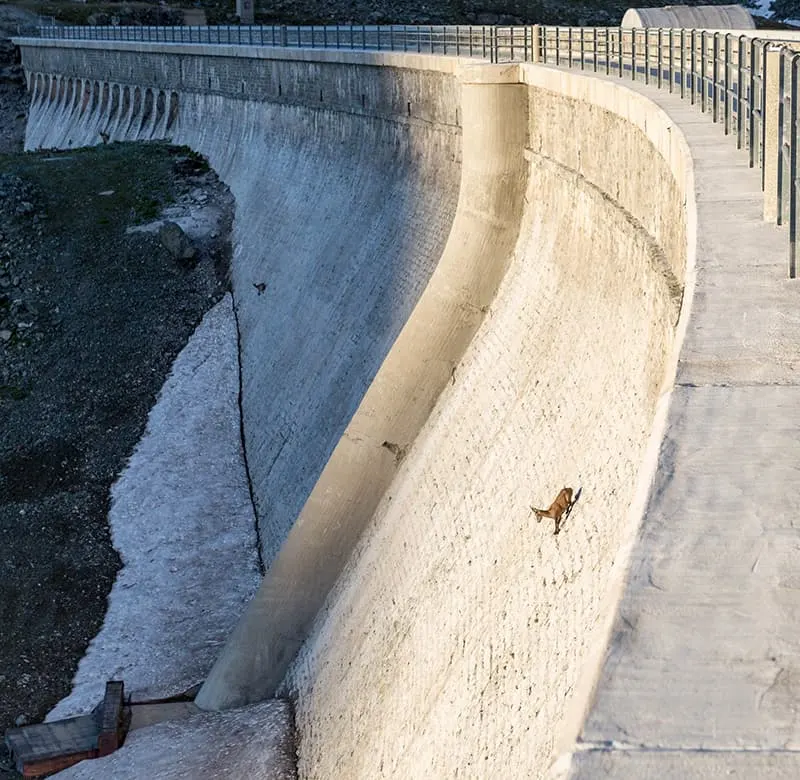
In Italy’s Antrona Valley is the Cingino Dam where you’ll find Alpine ibexes, a type of goat, scaling the near vertical dam walls. These goats are native to the cliffs in the park and, thanks to their rubbery hooves and large inner ears, they are able to deftly climb on even the smallest outcroppings in the dam wall. It’s unknown why the goats climb the dam wall but there are some theories. They have been seen licking the bricks and gnawing on the lichen growing in the cracks of the bricks. This also makes it quite difficult for predators to target the goats. Whatever the reason, thanks to repopulation efforts, you are likely to see goats hopping and climbing about on the Cingino Dam.
Baikal Seals
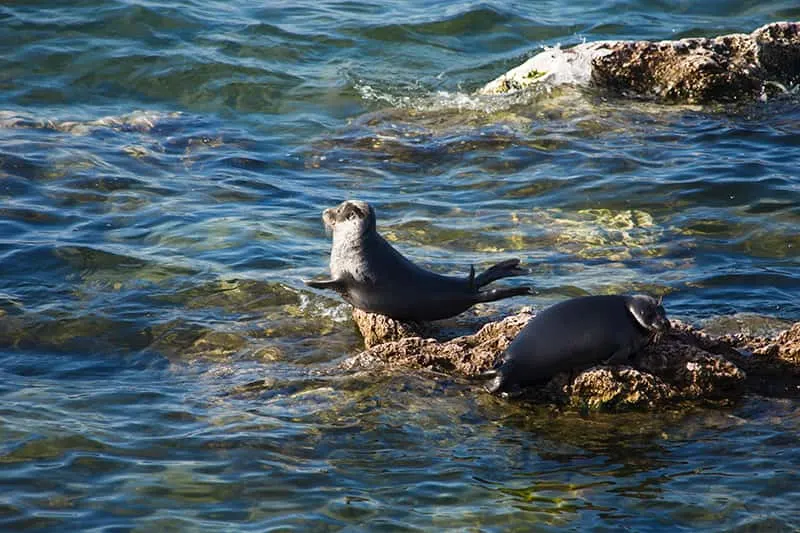
The grey seals of Lake Baikal in Russia, are one of only three freshwater seal species in the world. Lake Baikal is one of the world’s oldest lakes at 25 to 30 million years old. It’s believed that the seals came to the lake while it was still part of the Arctic Ocean.
The seals are smaller than their salt water cousins as their diet is restricted to the small fish in the lake. Adult seals average about four feet long and 150 pounds. In the winter when the lake freezes over, the seals will dig breathing holes through the ice with their sharp claws and even use their teeth. Pregnant seals will spend the winter on the ice rather than in the lake.
The seal population at the lake is about 80,000 and they are protected by restrictive hunting laws.
Camels in Australia
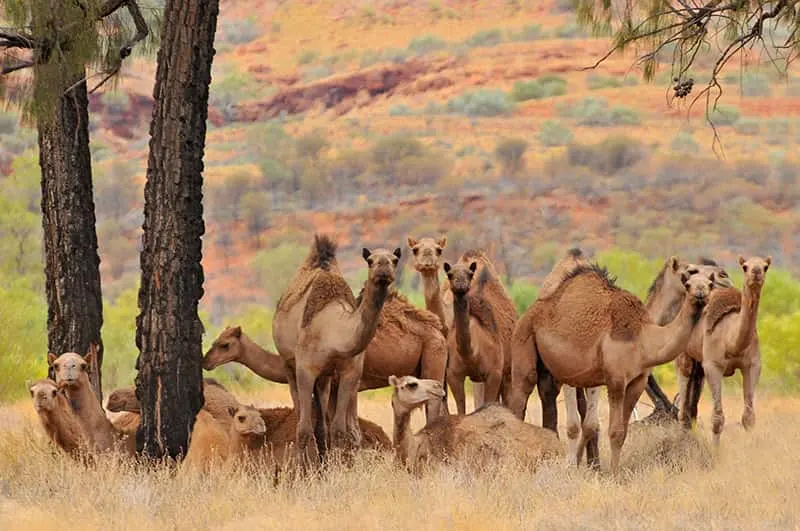
When you think of camels you probably think of North Africa but there is a large population of camels in Australia. Camels are not native to Australia, but were introduced in 1822 who used them for transportation while exploring the Australian outback. Since then, the camel population has doubled every 9 years and now number one million.
The camels of Australia are feral and are considered pests as they will eat leafy greens and destroy infrastructure in their search for water. They have even charged into people’s homes to drink from their toilet. The camel problem is so pervasive that hunters are encouraged to kill the camels but their numbers continue to grow.
Monkeys in Florida
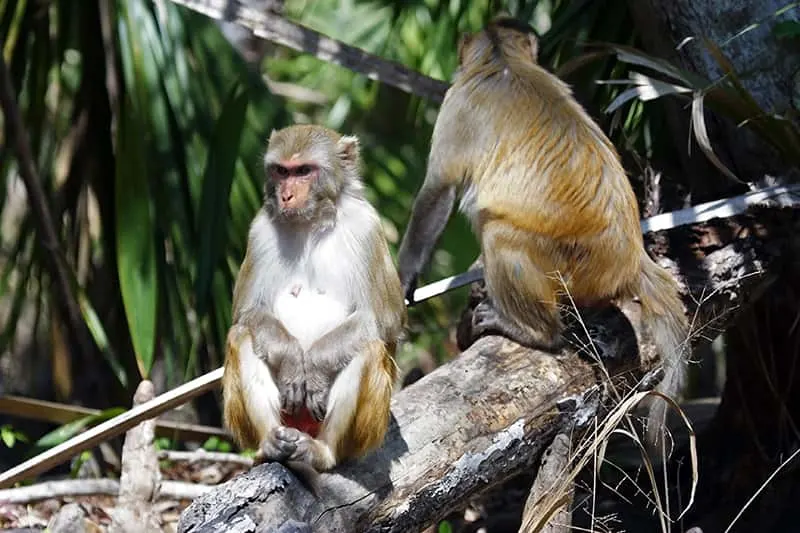
In 1938, a tour boat operator released Rhesus Macaques monkeys in the swamps of Florida hoping to attract customers. The monkey population is now thriving, especially in the Silver River State Park. In 1992, the monkey population got a boost when Hurricane Andrew destroyed several animal testing labs and even more monkeys escaped into the wild.
Penguins in South Africa
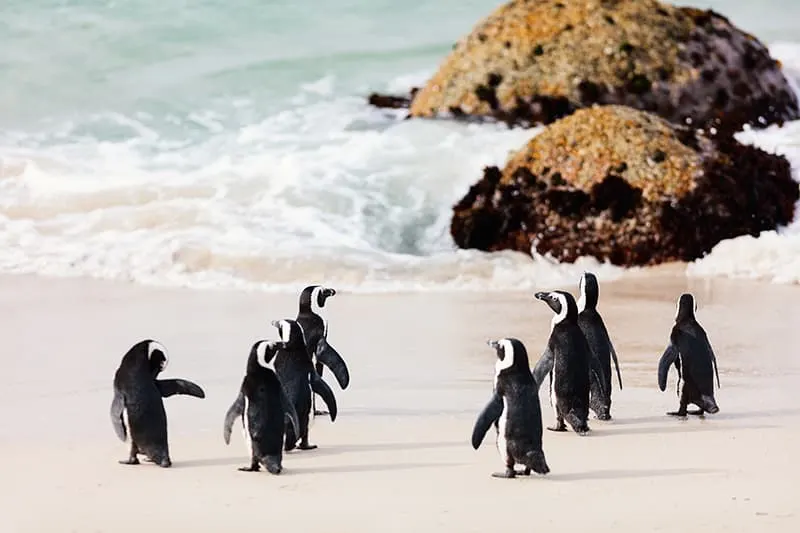
When you think about penguins you probably imagine Antarctica or the Arctic Circle. Did you know there are penguins in Africa? The Black-footed penguin is found on the beaches of South Africa. They mostly stick to the ocean but do come onto the beach and islands in the area. Unfortunately, habitat loss, over-fishing, and coastal development have driven the number of penguins from the millions to about 42,000 in the last hundred years.
Emus in Texas
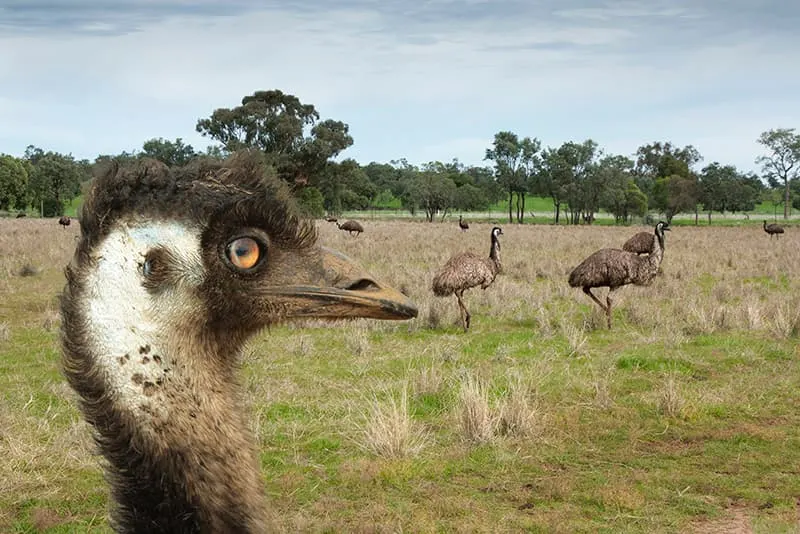
If you’re ever in Texas, you may be surprised to see wild emus running around the desert. About 30 years ago, emu farms became popular among Texas farmers. Unfortunately, emus did not become popular and the emus were released to the wild. The Texas desert climate is quite similar to the emu’s native Australian outback, and the emus flourished. Today you can find flocks with hundreds of emus running through the state.
Chilean Rose Tarantulas in England
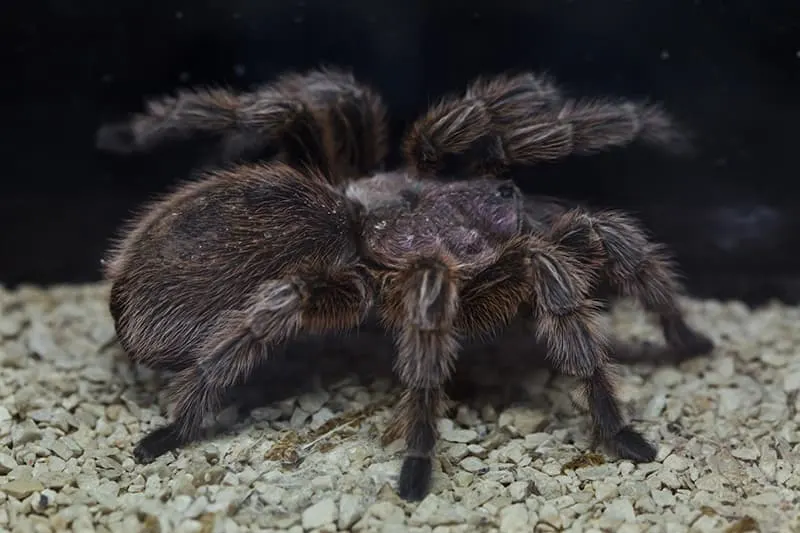
Native to Central America, the Chilean Rose Tarantula has found a surprising home in England. Likely hitching rides in shipping containers, the tarantula has been spotted several times in the country. In the hot and humid summer months, the spider may breed, but larger colonies have not taken hold.
Do you know other animals that live in weird places? Leave a comment and tell us about them!
